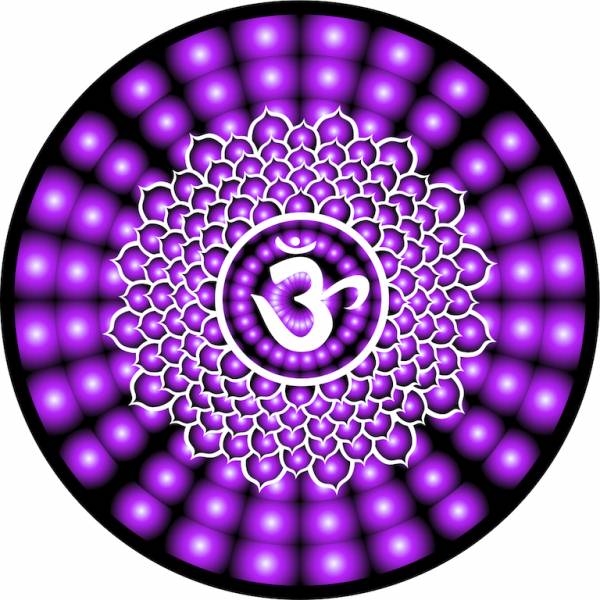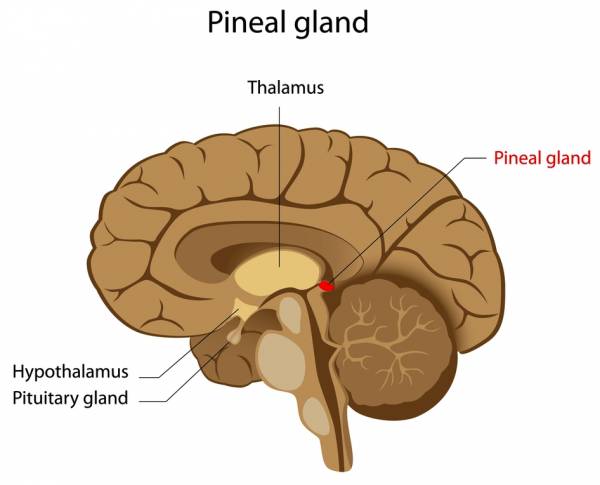After hearing about chakras (pronounce the “ch” as you do in chance) for my entire professional Forrest Yoga study, I’ve come to realize this topic is often misunderstood. In an attempt to provide credibility for even the most woo-woo-resistant person, my hope is to communicate my personal experiences from both an anatomical and energetic perspective.
I aim to demystify and provide credibility to this system of personal body management. It is a fun and mysterious method to provide understanding about how your body communicates with your brain. My hope is that you are able to identify with and learn from these areas of your body and have feelings of wellness you deserve.
Chakras and the Brain
Let’s start from the top and work our way down. I think first providing insight into our brain will set up an ability to become more curious about this system. In our Western World, we are brainiacs, intellectuals and deeply attached to our head. To put it simply, we love to know. More. More information. How things work, why they don’t work, and how to fix things are strengths of our mind. We obsess for more knowledge and use it to identify our genius. We use language to describe experiences in our head such as “headcase,” “brainiac,” or having a “brainfart” when we forget. The head is the land of knowledge in the most local sense.
However, there is knowledge available to us past our comprehension – but only when we are in the deepest state of observation. Like an anthropologist studying an endangered species, one subtle motion or noise becomes an alarm alerting the species and making them flee. The anthropologist must be silent, unmoved by anything in order to track the elusive specimen and learn from it. So in this series, we will be anthropologists with our bodies and examine our seven chakras, one by one.
Sahasrara: The Seventh Chakra
Sahasrara is considered the crown chakra, symbolized by a violet, thousand-petaled lotus that resembles Buckminster Fuller’s geodesic dome or the flower of life. The concept represented is to do more with less, or that of simplicity.
The precise location of the chakra is a ring of the skull and brain from the eyebrows and ear tips. At the top is the anterior fontanelle, which is the soft spot in an infant that forms a cone shape and makes passing the head through the mother’s birth canal possible. When a baby is born head first, this area is the first part of the baby to contact the new world. It feels the air, senses light, and receives touch by doctors. It is delicate and moldable. From here, a human’s body receives signals that it is passing through a new phase of living. Organs are signaled to respond to the new environment and the baby begins to adapt. It is the place of instinct. The undercurrent of living to which we are not conscious.
Sahasrara honors spiritual connectedness. The part of ourselves that reveals great insights when we are the most quiet, when we are the most simple. The voice of our spirit or soul is elusive and considered to be very subtle. Distractions are what muddy the water when we attempt to see the bottom of the lake. Complexity and complications are what create stressful symptoms.

The pineal and pituitary glands are also involved in this chakra. The pineal gland regulates melatonin and serotonin. Ample rest and sleep is necessary to keep the body and this gland operating smoothly. Insomnia, anxiousness, irritability, and imbalanced hormones can be symptoms when your pineal gland is under distress. Remedy this by making time for adequate rest and deep breathing exercises. This gland sits at the center of the two brain hemispheres and requires more blood and oxygen than any other organ except the kidneys. The pituitary gland is a pea-size gland that rests in a bony structure of the sphenoid bone, at the very center of the skull. It is considered the master gland and regulates most hormones. Hormonal imbalances often trace back to your pituitary.

Keep your glands healthy and if you have experienced any head trauma at all, this gland can get jostled around and squeezed by the other facial and cranial bones. Receiving cranio-sacral work to your skull or having deep tissue to the sphenoid can help release pressure and give the pituitary ample space to function.
Yes, our brain is important – not just for knowledge, though. We must also understand it is the silent driver of our emotions, motor skills, coordination, language, and hormones. Our brain runs our system. To take care of our brain is to feed it, and not just information. We must feed it oxygen. We must feed it fats. We must feed it carbohydrates. In addition, nourish your brain with daily nutrients of rest and silence. You will be rewarded not only with greater IQ, but also with increased quality of living each day through joy and connection to your higher purpose for being.
Look for future “Chakras Demystified” articles as we work our way through each of the seven chakras. If you have any questions about sahasrara, please post them to the comments below.
Read about the other chakras:
Chakras Demystified: Ajna – The 6th Chakra
Chakras Demystified: Vishudda – The 5th Chakra
Chakras Demystified: Anahata – The 4th Chakra
Chakras Demystified: Manipura – The 3rd Chakra
Chakras Demystified: Swadhisthana – The 2nd Chakra
Chakras Demystified: Muladhara – The 1st Chakra
Photos courtesy of Shutterstock.






